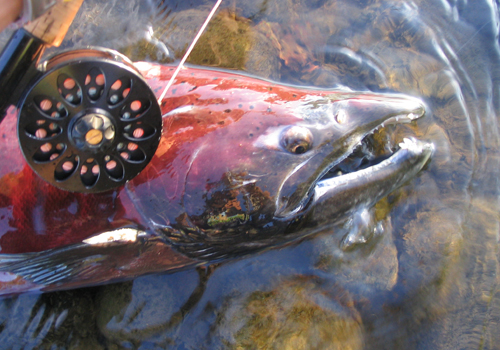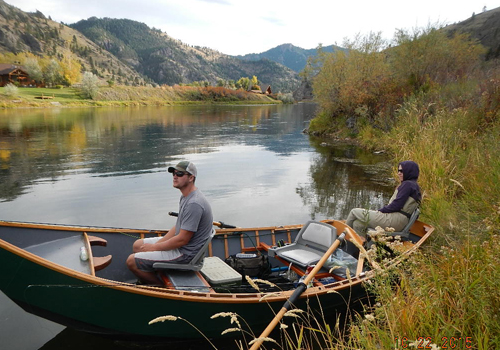Connecting People to Nature
The Forest Service engages in a variety of programs to connect people to nature and to engage the public in fishing and other aquatic-related events and activities. Youth snorkel programs, Tribal Youth Intern programs, a Fish Boot Camp with local schools, and the hosting of more than 300 individual youth fishing events and free fishing days on national forest waters are just some of our examples of how the Fisheries Program in partnership with others develop a stronger natural resource stewardship among the public and an appreciation for the aquatic resources the agency manages.
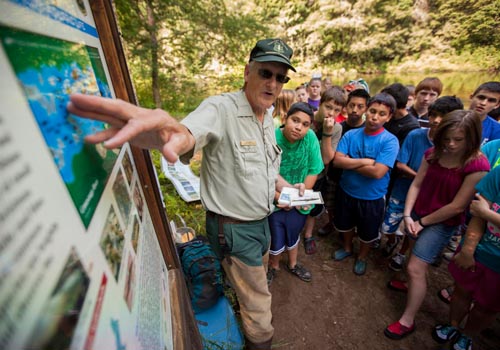
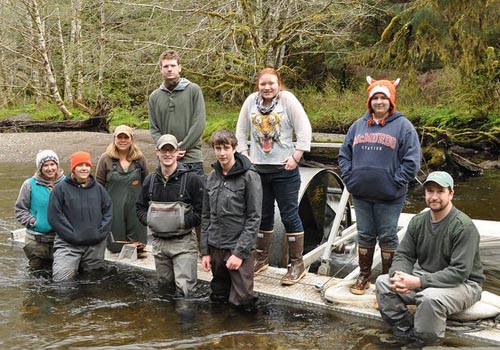
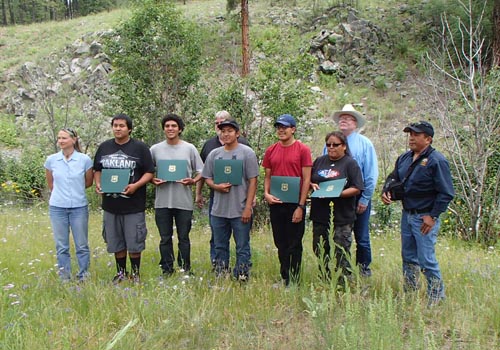
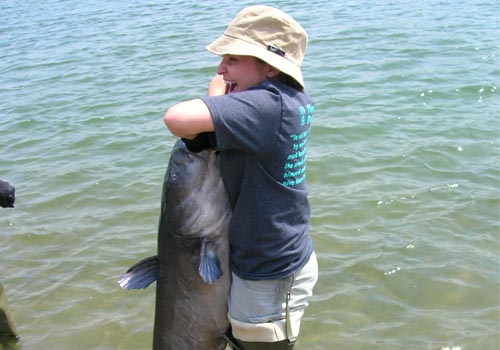
Connecting children to nature and inspiring stewardship of aquatic resources through art.
“Invader Crusader” Award winners recognizing students for Aquatic Invasive Species (AIS) awareness, knowledge and artistic ability. Also, “Best of Show” art winners of the annual State-Fish Art Contest. Courtesy of Wildlife Forever. Visit http://www.wildlifeforever.org/contest for more information.
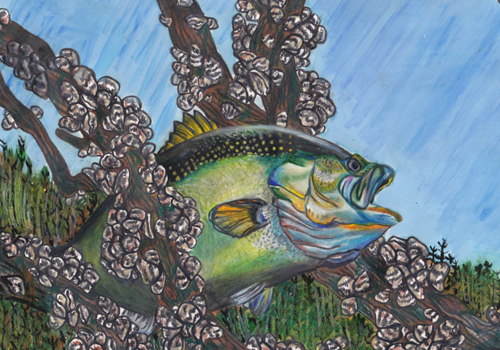

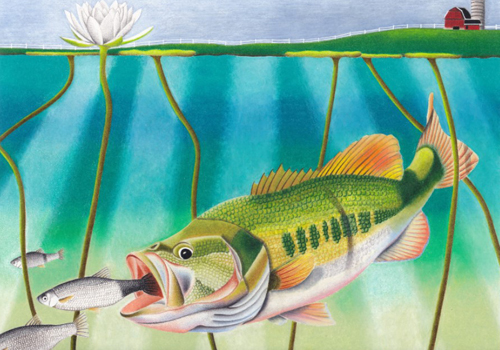
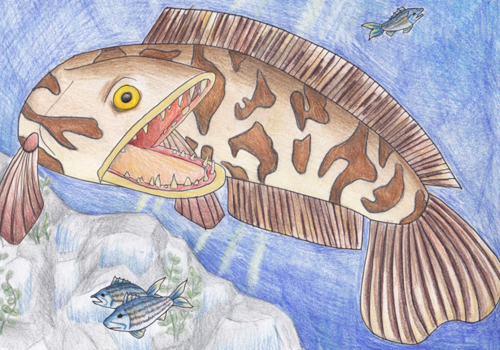
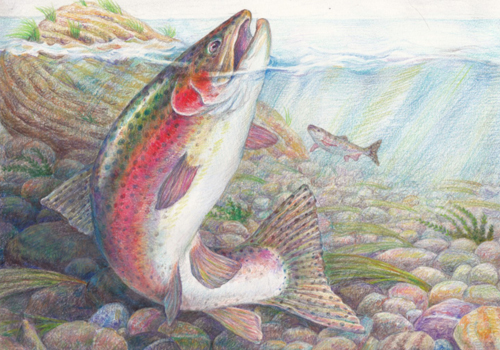
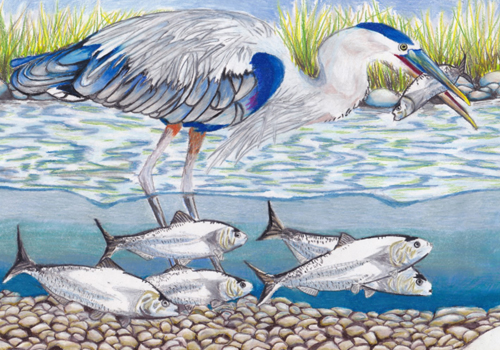
The Growing Recreational and Restoration Economies
 Thirty-six million people visit national forests and grasslands annually to fish, hunt, or view wildlife. Fishing, hunting and wildlifewatching contributed $7.7 billion to U.S. communities, supporting 150,000 jobs in 2007. Additionally, investing in climate-resilient infrastructure through culvert upgrades and road maintenance can leverage substantial sums of money across multiple agencies while saving millions more in ensuring the economic and social health of communities.*
Thirty-six million people visit national forests and grasslands annually to fish, hunt, or view wildlife. Fishing, hunting and wildlifewatching contributed $7.7 billion to U.S. communities, supporting 150,000 jobs in 2007. Additionally, investing in climate-resilient infrastructure through culvert upgrades and road maintenance can leverage substantial sums of money across multiple agencies while saving millions more in ensuring the economic and social health of communities.*
The American Sportsfishing Association also noted that recreational fishing contributed $2.2. billion and 57,700 jobs annually, while the Tongass and Chugach National Forest watersheds provide an estimated 85 percent of its pink and Coho salmon that support the $1 billion annual commercial salmon fishery in Alaska.
Watershed investment partnerships among national forests, water supply utilities, and other partners are growing sources of funding for watershed protection and restoration, aquatic organism passage, and wetland restoration to ensure clean drinking water for downstream municipalities and water users, as well as climate resilient transportation and agricultural infrastructure.
*American Sportfishing Association. 2007. State and national economic effects of fishing, hunting, and wildlife-recreation on U.S. Forest Service-managed land. Washington, DC: Produced in partnership with the Forest Service. 60 p.
By The Numbers
Managing recreation in many places is a huge challenge, but also an opportunity to educate the public and contribute to communities through job creation.
-
36 Million people who visit national forests and grasslands annually to fish, hunt, or view wildlife
-
$7.7 Billion was contributed to U.S. communities in 2007 through fishing, hunting, and wildlife-watching
-
150,000 American jobs supported in 2007 through fishing, hunting, and wildlife-watching
-
$2.2 Billion was amount contributed to U.S. communities annually through recreational fishing
-
57,000 American jobs supported annually through recreational fishing
